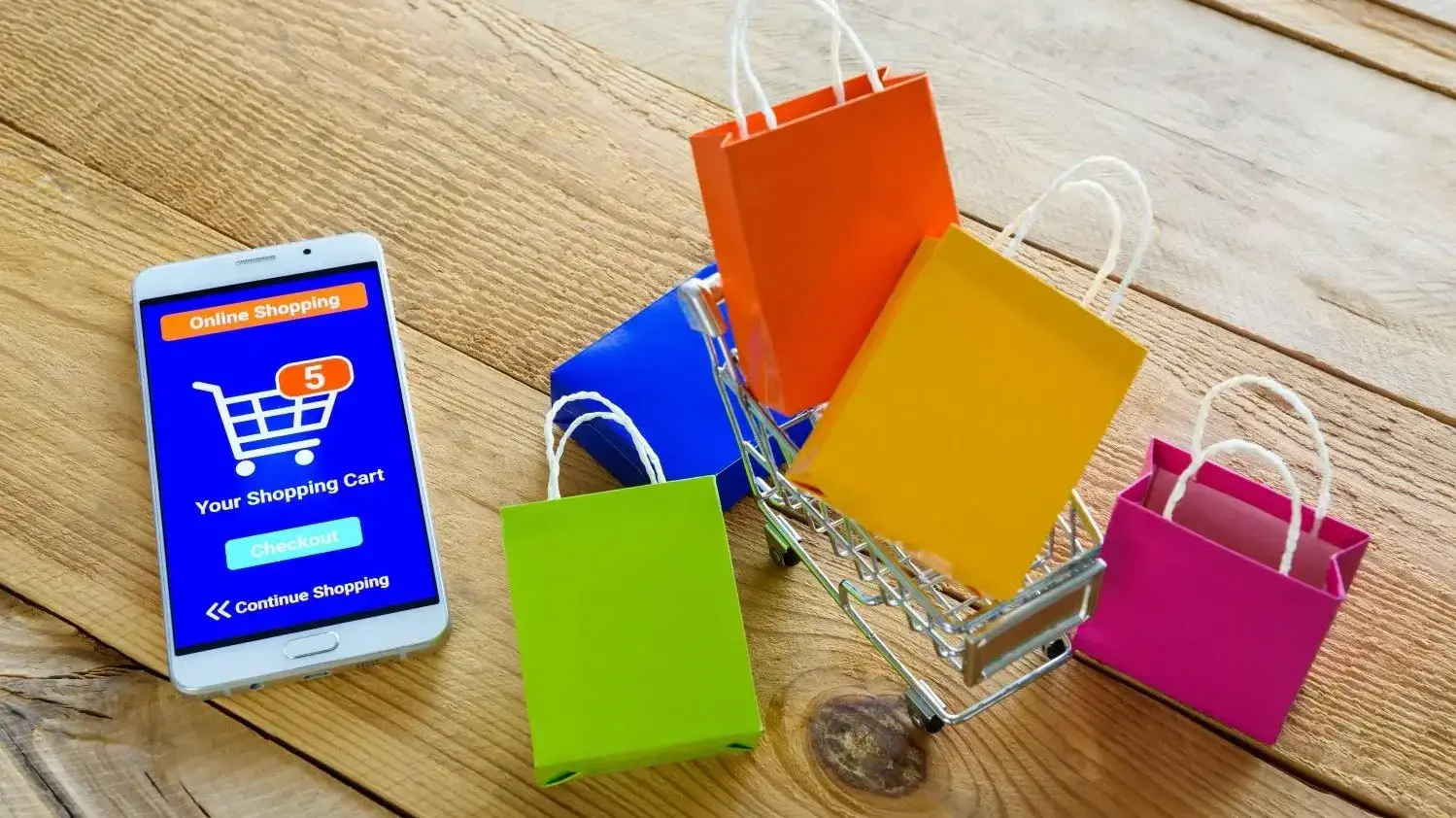Apart from dogs; machines should be considered man's best friend. The hand axe was the first machine created by humans thousands of years ago, now in modern times, not only have the machines caused us to accelerate our human development but they also aided us across different parts of our lives.
Traditionally, the relationship between humans and machines has been a master-servant relationship, where humans do the controlling and the machine follows. This is still the case; however, things are slightly different now, and we’ll see why.
There are different categories of machines in this era; from simple to complex, physical and non-physical. With technology, including more recent breakthroughs like AI (Artificial Intelligence), we have software-based machines designed to perform tasks within the digital environment. An example is a new concept called machine customers.
In this article, we’ll discuss what machine customers mean, who they are, what they do, and their importance in today's society.
Who are Machine Customers?
Machine customers also known as ‘custobots’ are AI-powered programs designed to buy and sell products automatically.
The introduction of IoT (Internet of Things), where objects can connect and share data with other devices and systems has brought about the creation of machines that perform various autonomous tasks. These machines do not only perform simple tasks, they make decisions, execute transactions on behalf of humans, and can make transactions for themselves as well.
We are already familiar with Apple’s Siri, Amazon’s Alexa, Google’s Assistant and the like that perform tasks for users such as making phone calls, turning on certain devices, scheduling reminders, sending text messages, etc These examples are not considered machine customers but they are similar in terms of how they perform tasks for humans.
Siri, Alexa and Google assistant are usually prompted by the users command, but, machine customers, act independently - they perform transactions or make purchases without being prompted or initiated by a user.
According to Gartner studies, 40% of customers will use machine customers to interact with customer service. Gartner also mentions that the various phases of Machine customers include;
Human leads and machine executes tasks.
Human and machine lead and machine execute tasks by 2026.
Machine leads and machine executes tasks by 2036.
Progression of Machines
The Industrial Revolution, referred to as a turning point in history ushered in an era of mechanization. Goods were produced using machines e.g., steam engines used steam pressure to perform mechanical work and it powered factories, mining operations, and also used to power trains for transportation.
The 20th century introduced innovation in machine technology such as electricity, computing and electronics. Machines such as the telephone, typewriter and automobile are available for individuals which transformed the way we communicate and move from one place to another.
The digital age came with an innovation, namely computers, which evolved from smaller devices to more powerful devices changing the way we work and communicate. The introduction of the Internet, and in more recent times artificial intelligence have brought about technology that was thought impossible years before. We now have AI-powered electronics and more advanced computing systems, etc
This recent technology includes Machine customers, and in its fullest capacity, it would shift from humans engaging in self-service or instructing machines to granting machines the authority to act dependently or autonomously as customers. In many industries machine-to-machine interactions are already fully operational.
In industrial IoT, IoT systems utilize sensors to collect information about equipment, and processes in real-time. For example, sensors can detect issues and predict maintenance needs.
Characteristics of Machine Customers
Decision-Making: Machine customers would be able to make data-driven decisions using market trends, behavioural patterns, historical data, etc. The machine customer can make purchasing decisions and take into consideration different components like price, product availability, quality, user preferences, etc
Predictive Ability: Machine customers can predict needs and make decisions. For example, an industrial system can detect if a particular ingredient for production is about to run out and make a request to purchase a refill. The predictive capabilities ensure that everything regarding production runs smoothly.
Learning and Adaptation: Machine customers can learn from previous interactions using AI and machine learning, and can also adapt to the changing market or user needs.
Efficiency: Unlike human’s machines work tirelessly, making them less likely to be fatigued and they perform tasks effectively compared to humans who are prone to errors.
Security: Machine customers are created with security in mind, they can protect against disinformation and also securely interact within or with other systems.
Examples of Machine Customers
Autonomous Vehicles: Autonomous Vehicles or self-driving cars communicate with payment systems using IoT technology to make real-time decisions like paying for tolls, and parking without human interference.
IoT Devices: A smart refrigerator, for instance, uses IoT sensors to track inventory, integrated with an e-commerce platform to make orders when items are about to run out.
Modern Printers: Paper printers can determine when their ink has run out and purchase a cartridge independently.
Automated Trading System: These trading systems are linked to a direct access broker and use predefined criteria to buy or sell stocks. They interact with stock exchanges to execute trades without human intervention.
Limitations of Machine Customers
Everything has its downside, and for machine customers the limitations include;
Job Displacement: There’s a concern that machines could cause job displacement. For example, AI-powered chatbots are replacing human customer representatives, and in industries like manufacturing, machine customers can perform tasks like placing orders or completing transactions faster and more efficiently than humans, possibly reducing the cost of labour.
Security Exploitation: Machine customers can be exploited by hackers, there may be vulnerabilities that allow these hackers to steal sensitive data, hijack transactions or disrupt operations leading to financial, and loss of reputation amongst others.
Flawed Data: Machines rely on data to make decisions therefore if the data is incorrect, or incomplete this may lead to incorrect decisions and outcomes. It can make the machine customer inefficient which leads to dissatisfaction and security risk.
Ethical Concerns: Ethical concerns arise in the use of AI in customer transactions especially concerning manipulation and decision making. AI can be customed to use techniques to manipulate individuals in making decisions.
With the introduction of machine customers, would businesses start to appeal to humans or machines?
This is quite interesting because businesses would be machine-focused, and a lot of adjustments would be made in the processes that involve machines and humans.
According to staffing industry analysts quoting the World Economic Forum, businesses will divide work between humans and machines equally. 80% of business executives are planning to digitize work processes and 50% are planning to make some roles automated. Even with the concern of machines replacing humans, the World Economic Forum reported that the robotic revolution would create 97 million jobs.
While machines are taking over certain tasks, they are creating new jobs for humans that may involve humans working alongside machines or performing roles that machines cannot handle.
Summary
With machine customers, interaction can either happen between a machine and a person or machine to machine.
A vehicle can diagnose itself and determine that it needs a part change, and then request servicing from an auto-repair shop, or, a fridge would be able to determine when food content is running low and make a purchase from a grocery store, etc.
This technology would change the way people interact with customer service, and is great for both customers and service providers for instance, the machine might not care about waiting on the phone for too long, nor would the customer service operator worry about a rude customer.
Frequently Asked Questions
Can small-scale dropshippers also benefit from AI and Machine Learning?
Yes, small-scale dropshippers can benefit from AI and Machine Learning by using scalable, cloud-based AI tools that offer cost-effective solutions for automating processes, analyzing data, and enhancing customer experiences.
How do voice-enabled AI assistants leverage machine learning and artificial intelligence?
Voice-enabled AI assistants use machine learning and artificial intelligence to continually learn from user input, improving their ability to understand human conversation and provide relevant responses, enhancing the overall user experience.
How does AI enhance customer relationship management?
AI enhances customer relationship management by analyzing vast amounts of CRM data to provide actionable insights, automate processes, and personalize customer interactions. This enables businesses to anticipate customer needs and strengthen meaningful customer relationships.
What is AI for creating a website?
AI for creating a website refers to the use of artificial intelligence technologies to automate various aspects of the website development process, including design, content creation, and functionality.

Jessica Agorye is a developer based in Lagos, Nigeria. A witty creative with a love for life, she is dedicated to sharing insights and inspiring others through her writing. With over 5 years of writing experience, she believes that content is king.
View all posts by Jessica Agorye





















